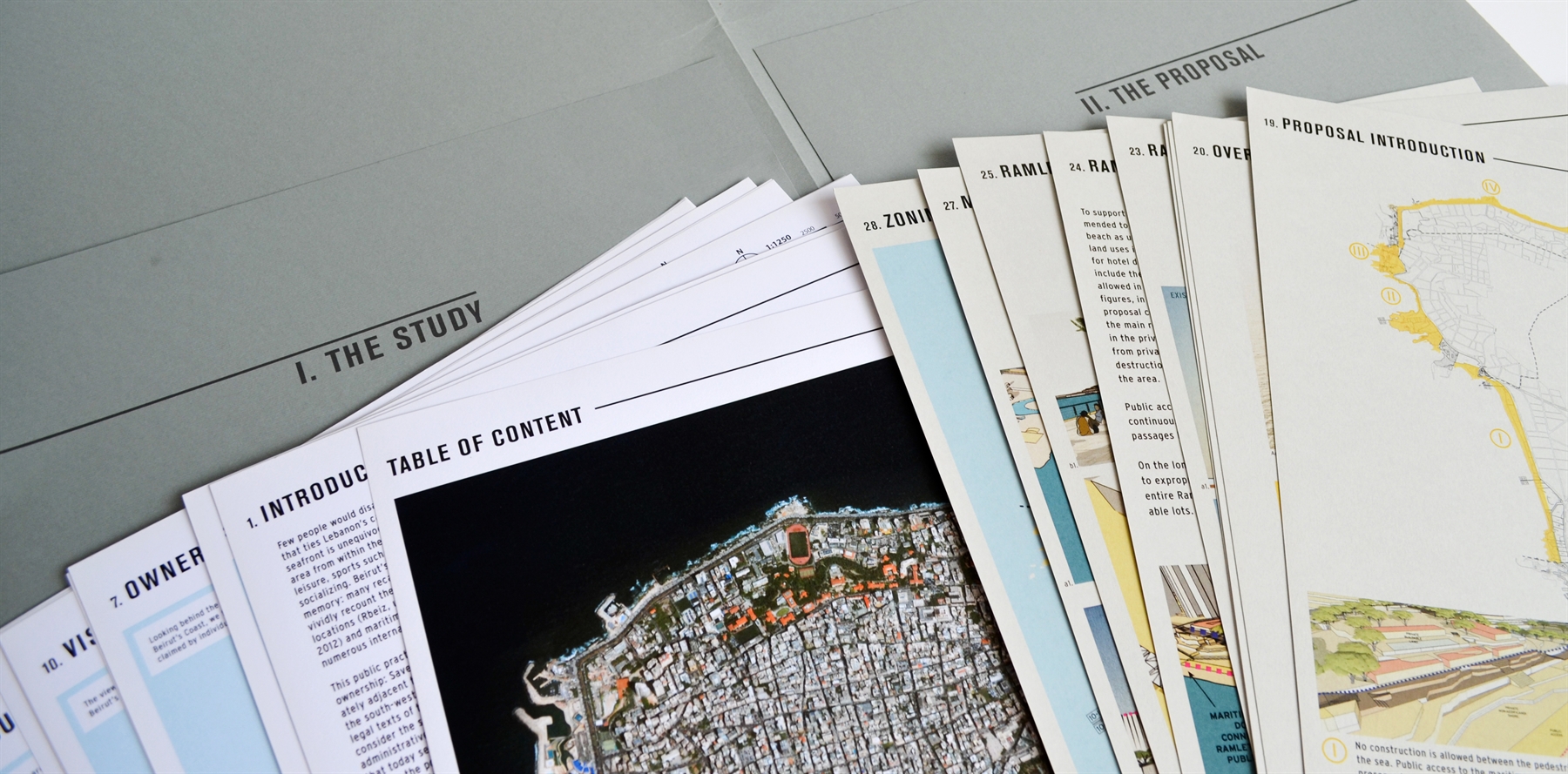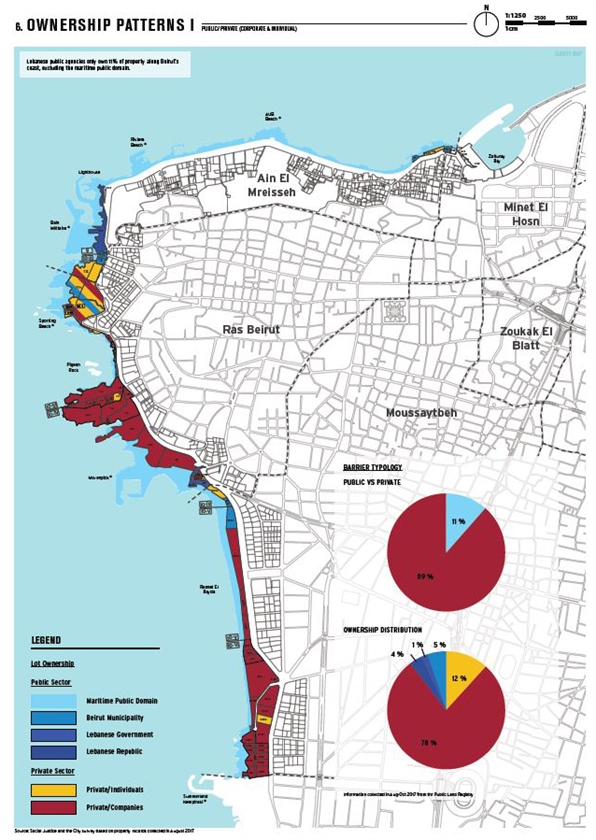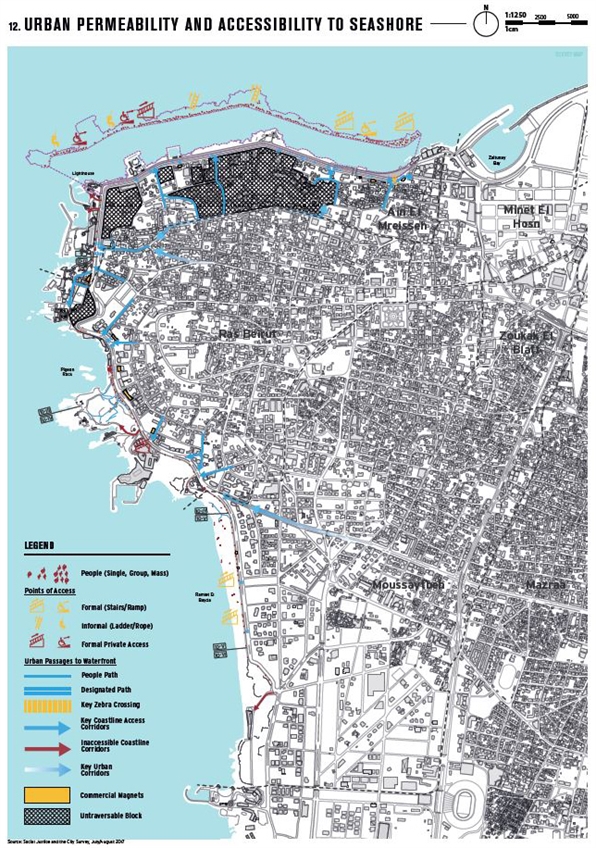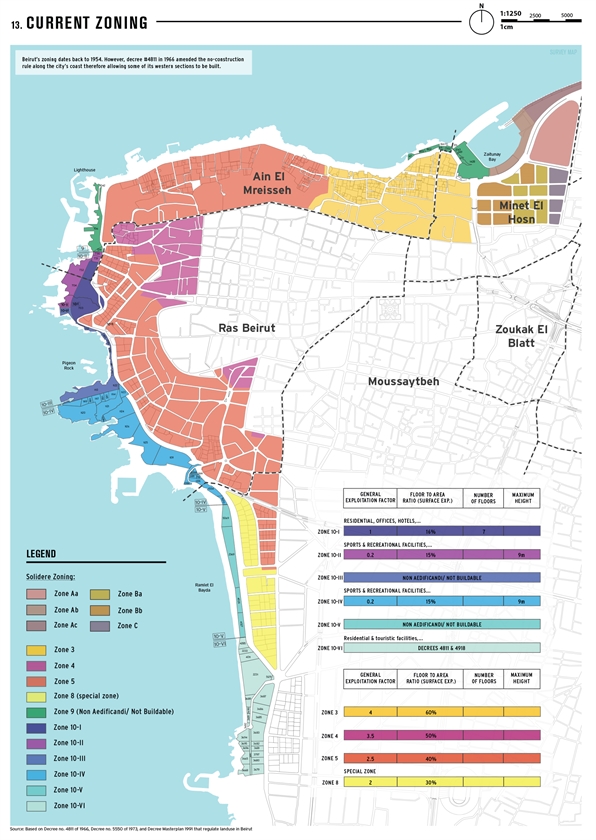Beirut Zone 10's vision is for Beirut’s coast and its seafront to act as the city’s main landmark, the symbolic image that makes the unique identity of Lebanon’s capital. This translates into a commitment for Beirut’s coast as a continuous, accessible, and shared open space that acts as an economic enabler for the entire city while protecting its cultural, social, and ecological values for current and future generations.
×

×
On the joint initiative of Social Justice and the City and Beirut Madinati, the group of urban designers, landscape architects, environmentalists, and planners who generously invested their time, research capabilities, intellectual capacities, and knowledge in the production of this document includes university students and professors, as well as independent professionals, all of whom have been active actors in the fight for the protection of Lebanon’s coast in one function or another. In developing this study, we build on the accumulated knowledge produced through collective debates, individual and group research, discussions, studio work, and dozens of conferences that have addressed the challenges of protecting Lebanon’s coast. We nonetheless present fresh research built on data from primary sources –including institutional archives, scholarly research, direct surveys, and public records- in order to put forward a holistic representation of the challenges facing today’s coast and to articulate, on its basis, a concrete proposal for a revised zoning of Beirut’s coast.
×

×
The series of mappings included in this document support a vision for an open, free, and accessible urban seafront. This vision requires a radical reversal of the ongoing privatization of Beirut’s coast. It stands firmly against the proposition that the economic potentials of the coast could be reduced to (1) the benefits of a handful of investors who own the private resorts and restaurants that close off prime sections of the seafront and (2) a “sea-view” premium sold by building developers as part of multi-million dollar apartments across the street. Instead, the proposed vision conceives of the coast as a magnet that maintains the coast’s social and ecological values and attracts visitors with recreational opportunities while benefiting the urban economy in redistributive form by encouraging the development of restaurants and facilities in nearby urban quarters. This vision, we believe, ties back to the historical and contemporary developments of the city in which main hotel venues were consis-tently located within Beirut’s active districts.




